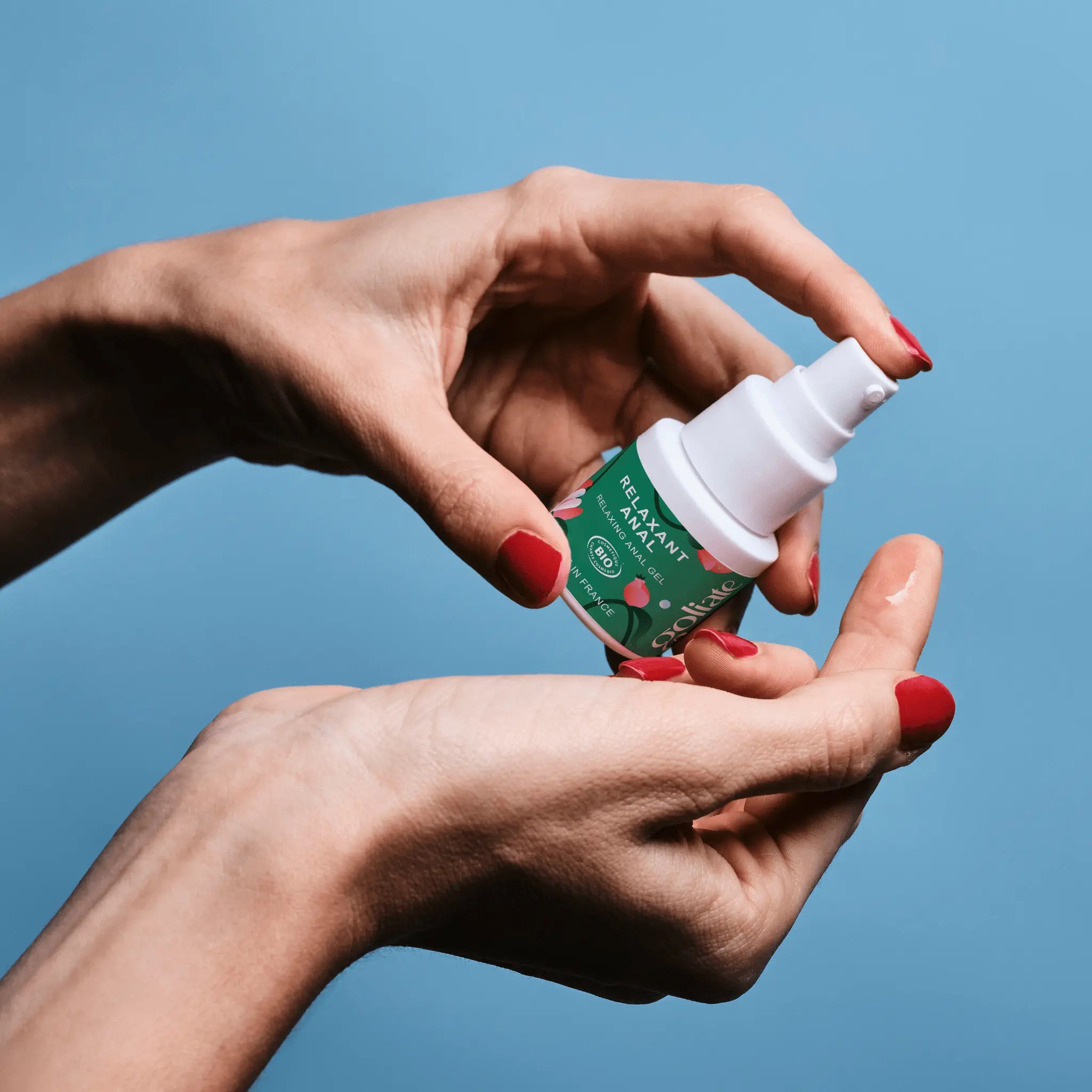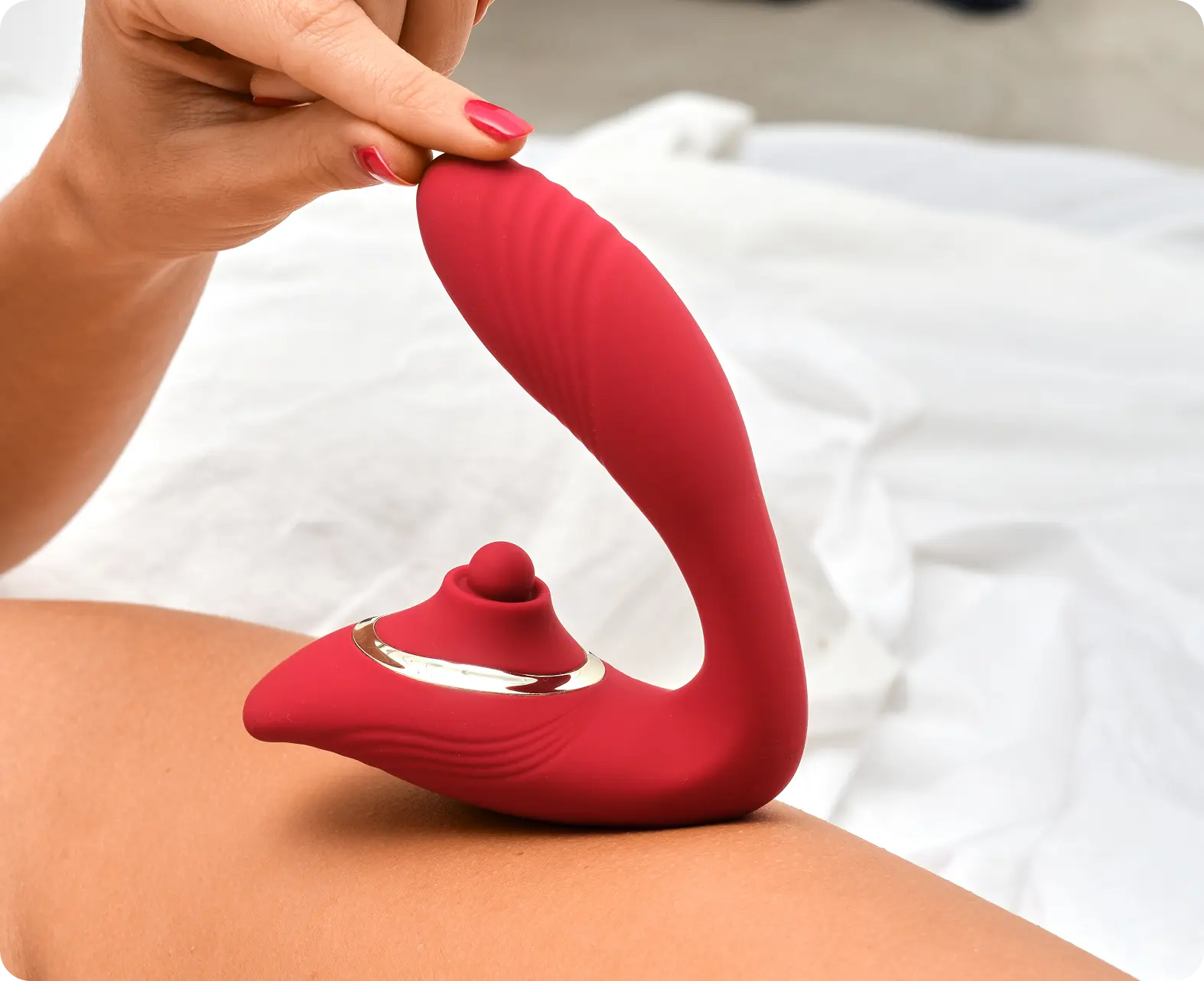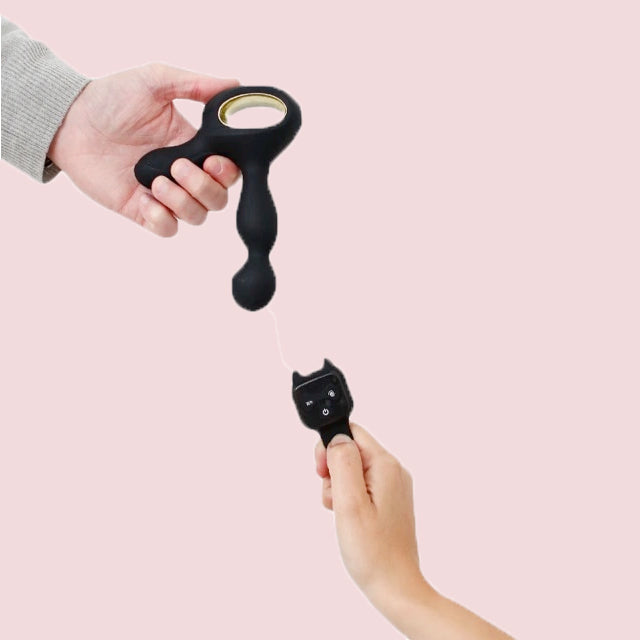Pearly papules, also known as pearly crown, primarily affect men.
Although this condition is harmless, it can cause some concern due to its appearance, often being confused with sexually transmitted infections (STIs) such as genital warts.
In this article, we will explore in depth what pearl crown is, its causes, symptoms, and the key differences from more serious conditions.
What is the pearl crown?
Pearly corona of the penis appears as small, whitish or flesh-colored growths located around the glans. They are often arranged in one or more rows and can be easily seen during physical examination. These papules are noncancerous and do not cause pain or discomfort.

Causes of pearly papules
Pearly papules are a natural condition and are not caused by any infection or communicable disease. Their appearance is usually related to hormonal changes that occur during puberty. They are more common in uncircumcised men, probably due to the moist and warm conditions under the foreskin that favor their development.
Symptoms and diagnosis
Pearly papules are asymptomatic , meaning they do not cause pain, itching, or any other bothersome symptoms. The main "symptom" is their characteristic appearance around the glans.
To diagnose this condition, a doctor will perform a visual physical exam. It is important to consult a healthcare professional to ensure that the growths are not genital warts or another more serious condition. If in doubt, the doctor may perform a biopsy, although this is rarely necessary.
Pearly papules vs. condylomas
It is crucial to distinguish pearly papules from warts, which are a form of STI caused by the human papillomavirus (HPV). Here are some key differences:
Appearance : Condylomas can be of various shapes and sizes, often cauliflower-shaped, whereas pearly papules are uniform and round.
Symptoms : Condylomas may cause itching, pain or bleeding, unlike pearly papules which are asymptomatic.
Spread : Condylomas are contagious and are transmitted through sexual contact, whereas pearly papules are not transmissible.
Treatment of pearly papules
Since pearly papules are benign and pose no health risk, no treatment is necessary. However, some men may choose to have them removed for cosmetic or psychological reasons. Several treatment options are available:
Cryotherapy : Use of liquid nitrogen to freeze and remove papules.
CO2 Laser : An effective method that uses a laser to vaporize growths.
Electrosurgery : Use of electrical currents to destroy papules.
It is essential to discuss these options with a dermatologist or urologist to determine the most appropriate method.
Why not worry?
The main reason why pearly papules are not a cause for concern is that they are completely benign. They are neither cancerous nor linked to STIs. They do not cause any unpleasant symptoms and do not require any medical treatment unless the individual wishes to remove them for personal reasons.
Self-confidence and education
An often overlooked aspect of pearly papules is the psychological impact they can have. Many men may feel embarrassed or anxious about the appearance of their penis, fearing that there is something “wrong” with them. It is crucial to understand that this condition is normal and common.
Educating teens and young adults about this condition can help reduce the stigma and anxiety associated with it. Open communication with sexual partners and healthcare professionals can also alleviate many concerns.
Don't hesitate to discover your body with our intimate cosmetics or sex toys or to consult our pleasure guide offered from 70€ of purchase. These are more than 18 video modules that will explain to you in particular everything you need to know about female pleasure.
And as always, we can't say it enough: remember to use organic lubricant for maximum sensation!
Conclusion
Pearly papules, although often a source of confusion and concern, are a benign and harmless condition.
The key is to distinguish these growths from warts and other potentially serious conditions .
If you have any doubts or concerns regarding your health, always consult a qualified healthcare professional for proper diagnosis and advice.
By better understanding this condition and knowing when to see a doctor, you can approach pearl crown surgery with confidence and peace of mind.










